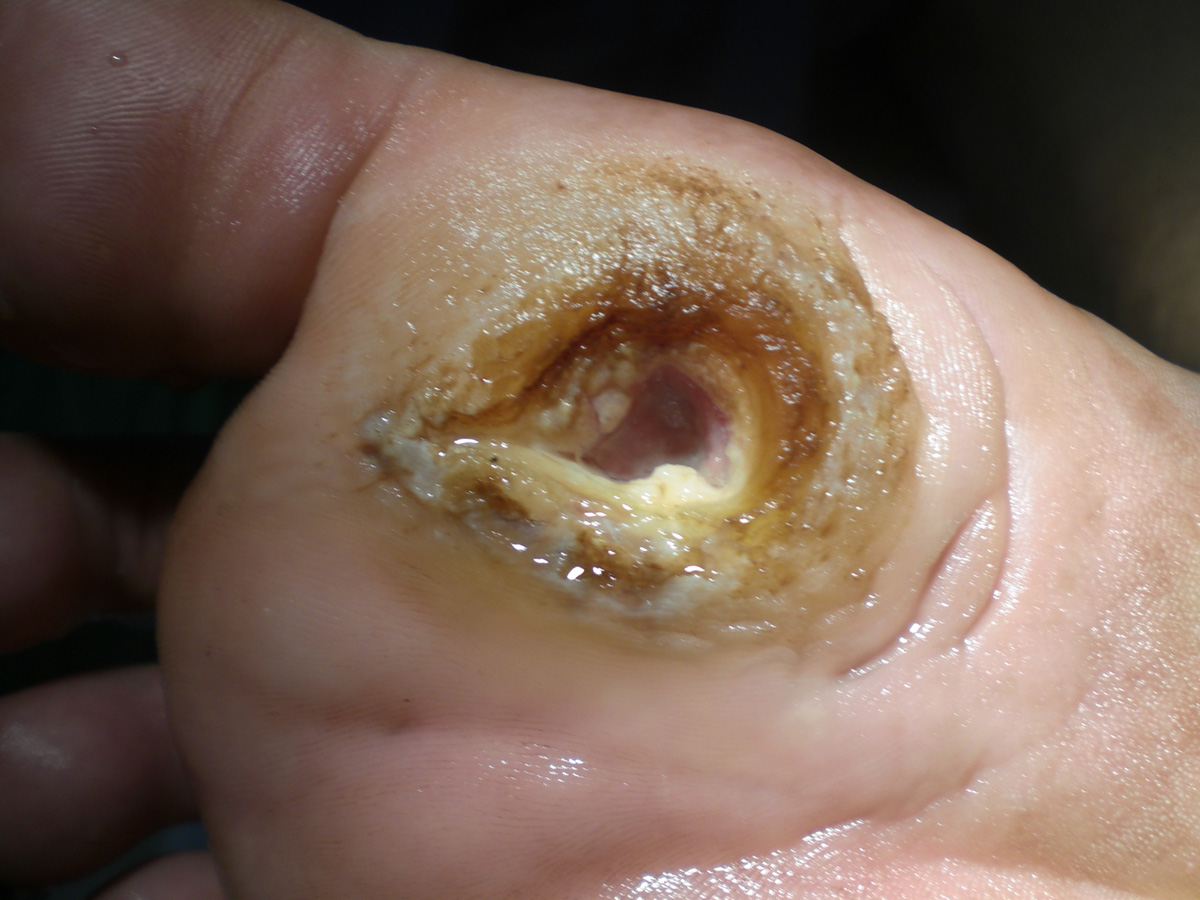
Diabetic neuropathy and the main symptoms
Even though diabetes can be controlled with meds and a certain life regime, sometimes problems might happen in spite of all measures taken. Diabetic neuropathy might emerge as a consequence of diabetes. There are four major types of DNP, mononeuritis being one of those. It affects several nerves, femoral, ischiadic, peroneal and some other, too. Dysfunction of those nerves is manifested with paralysis that results in extremities dysfunction. Mononeuritis can cause several health problems and diabetic neuropathy feet are one of those. It is a painful condition that can be described as degenerative change that affects skin, soft tissue and bones in the foot. Local signs are quite obvious, including swelling, pain and high temperature, but the most appealing symptom is mucus secretion. This can happen through tiny pores in the skin and it might create a false picture that condition is not that serious. Simple palpation examination can reveal a true state of the diabetic neuropathy feet. Sometimes, if polyneuropathy is present, there is no pain, and condition can progress into a late stage without being noticed.
Because of the neuropathy, simple physical stressor can create ulcers, even edema can occur and some of the additional factors for edema creation are increased blood flow and AV shunts. Diabetic neuropathy feet can become complicated when sepsis arrives, which, if left untreated, can lead to gangrene (presence of gas molecules in the soft tissue of the feet).
Treatment
As for the treatment of the diabetic neuropathy feet, the most important thing is to maintain hygiene of the foot. Infection should be treated with antibiotics, all pressure applied to the foot has to be removed and special type of footwear should be acquired. If the gangrene has already started, meds are applied and they include antibiotic that affect most common infection sources, such as staphylococcus and streptococcus. Treatment of the initial phase of the gangrene lasts for several weeks, sometimes even longer, and an important thing here is that the patient should be hospitalized and surrounded with medical stuff that will help with the healing process. Surgeon will have to make incisions from time to time in order to eliminate pus from the wound and surrounding tissue.
One of the methods, that deal with this problem is increasing the immune system, which is done with a regular blood checkup, some light exercises and good diet that might include several different supplements. Diabetes is not a lethal condition, but it does require following a lot of rules in order to live normally.


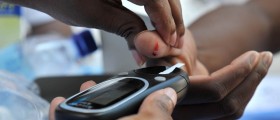



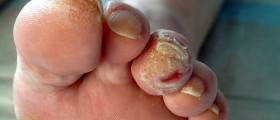
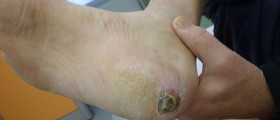
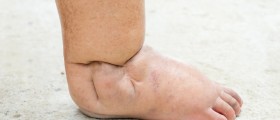
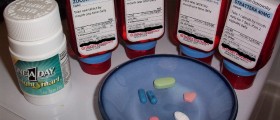





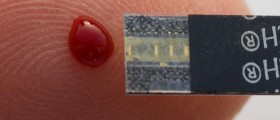
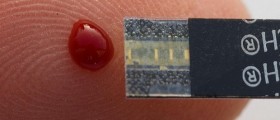
Your thoughts on this
Loading...